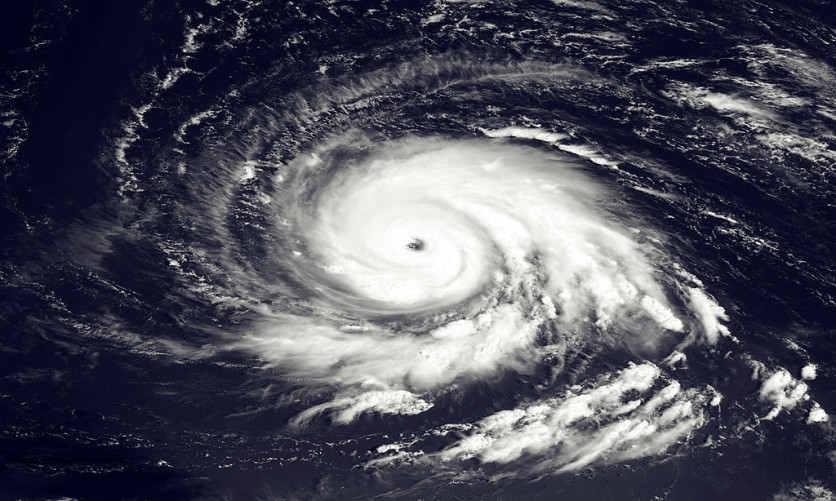
Tropical cyclones, the menacing storms that often wreak havoc along the Atlantic coastlines, are now intensifying at an alarming rate, according to a study published in Scientific Reports.
The research, conducted by Andra Garner, unveils a disturbing trend: these storms are becoming significantly stronger over shorter time frames.
The study's findings have concerning implications for the US East Coast, as it reveals that the risk of rapid hurricane intensification has more than doubled in recent decades.
Understanding the Alarming Trend
The study analyzed data spanning five decades, from 1970 to 2020, and categorized this period into three eras: a historical era (1970-1990), an intermediate era (1986-2005), and a modern era (2001-2020).
Garner calculated the maximum increase in wind speed within a 24-hour period for each hurricane, defining the maximum intensification rate.
The results are startling. In the historical era, there was a 42.3% probability of a hurricane's maximum intensification rate being 20 knots (37 km per hour) or greater.
However, in the modern era, this probability spiked to 56.7%. This means that hurricanes today are far more likely to intensify rapidly.
Furthermore, the probability of a hurricane escalating from a weak Category 1 hurricane to a major Category 3 hurricane within just 24 hours surged from 3.23% to 8.12%.
Climate Change and Its Role
While this study uncovers the alarming trend of rapid hurricane intensification, it's essential to understand the underlying factors.
Researchers have long associated the intensification of tropical storms with rising ocean temperatures due to climate change. As our planet and oceans have warmed, hurricanes find more conducive conditions for quick strengthening.
These findings are not merely theoretical; they are already translating into real-world consequences. The study points out that four of the five most economically damaging Atlantic hurricanes have occurred since 2017, and all of them rapidly intensified during their lifespans.
Read Also : Scientists Unveil Annual 'Climate Countdown Clock' to Drive Urgency at UN Climate Talks in Dubai
East Coast Vulnerability
One of the most critical takeaways from this research is that the United States East Coast is particularly vulnerable to this intensification trend.
Hurricanes are now more likely to intensify rapidly off the US Atlantic coast, making this region a hotspot for potential devastation.
Implications for the Future
This study underscores the urgency of addressing climate change, as its effects undeniably affect hurricanes' frequency and intensity.
In simpler terms, tropical storms and hurricanes in the Atlantic are becoming more dangerous because they are getting stronger more quickly.
To adapt to these evolving storms, better communication methods and preparedness plans must be developed to protect vulnerable communities.
Stay posted here at Tech Times.
Related Article : Extreme Heat Tied to Climate Change Is Making Parts of the World Too Hot for Humans to Live in, Scientists Say

ⓒ 2025 TECHTIMES.com All rights reserved. Do not reproduce without permission.




